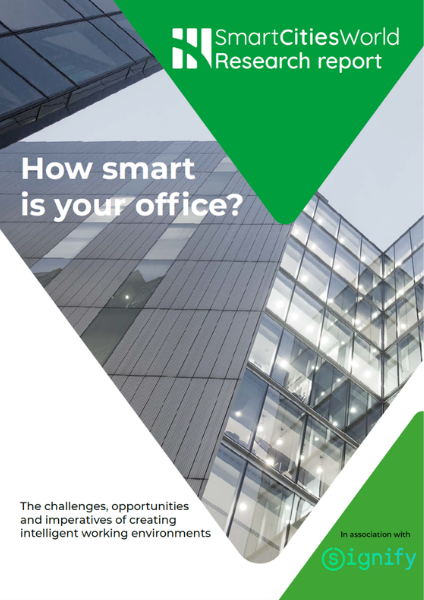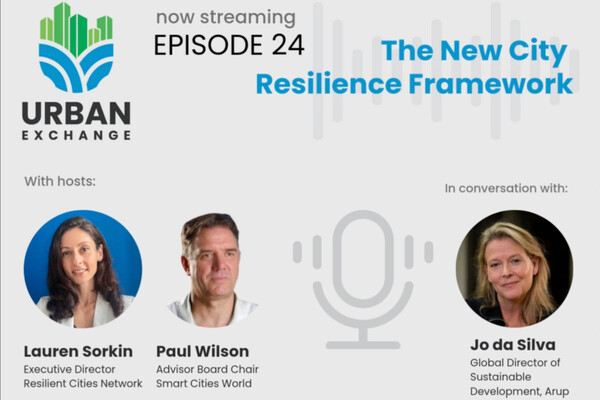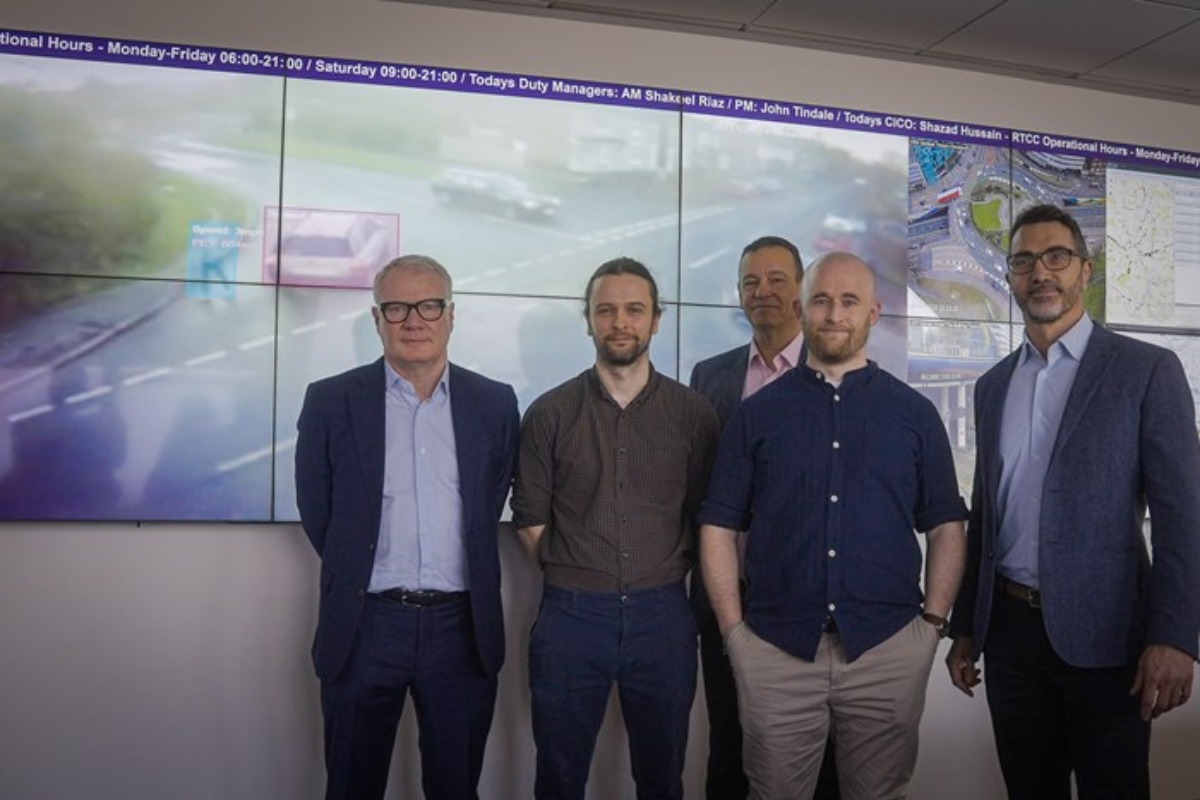Special Reports
SusHi Tech Tokyo 2024: experience ‘Tokyo 2050’ todaySponsored by The SusHi Tech Tokyo 2024 Showcase Program Executive Committee
Research Report: How smart is your office?
SmartCitiesWorld research has found employers are turning to smart office tech to safeguard employee wellbeing.

The global pandemic has emptied offices around the globe. Safely returning to any semblance of normality will take time but employers hope that 2021 will be the year in which workforces start to return to their brick-and-mortar premises to enable the recovery to properly begin.
Research carried out by SmartCitiesWorld and Signify demonstrates that Covid-19 has both expanded the suite of smart office applications demanded and accelerated their implementation. The research was carried out between July and October 2020 when many countries were recovering from the first wave of the virus and anticipating its next phase.
Employers are presented with major challenges. Employees still have concerns about returning to their old working life of commuting, using public transport and spending eight hours a day inside an office with other people.
Moreover, Covid-19 has fueled a working from home (WFH) culture that is proving hard to break. In many cases, the lack of a commute and the ability to design their own workday has given people a better work-life-balance and employers need a competitive offering to entice employees back.
As vaccine programs are rolled out around the world, the hope is of a return to more normal working conditions, but the traditional workplace will have to change with virus transmission likely to remain a concern for many months ahead. In short, employers must rethink their office space and working environments.
This Research Report covers:
- The current state of the smart office market
- Identifies not only the most in-demand applications and technologies, but what approaches organizations are taking and what the main barriers are to creating more intelligent workspaces
- What approaches organizations are taking and what the main barriers are to creating more intelligent workspaces
- How smart office technology can help to confront the immediate challenges of Covid-19
- Highlight the longer-term value in creating and delivering better, more sustainable and more comfortable spaces in which to work
In association with:

.

















